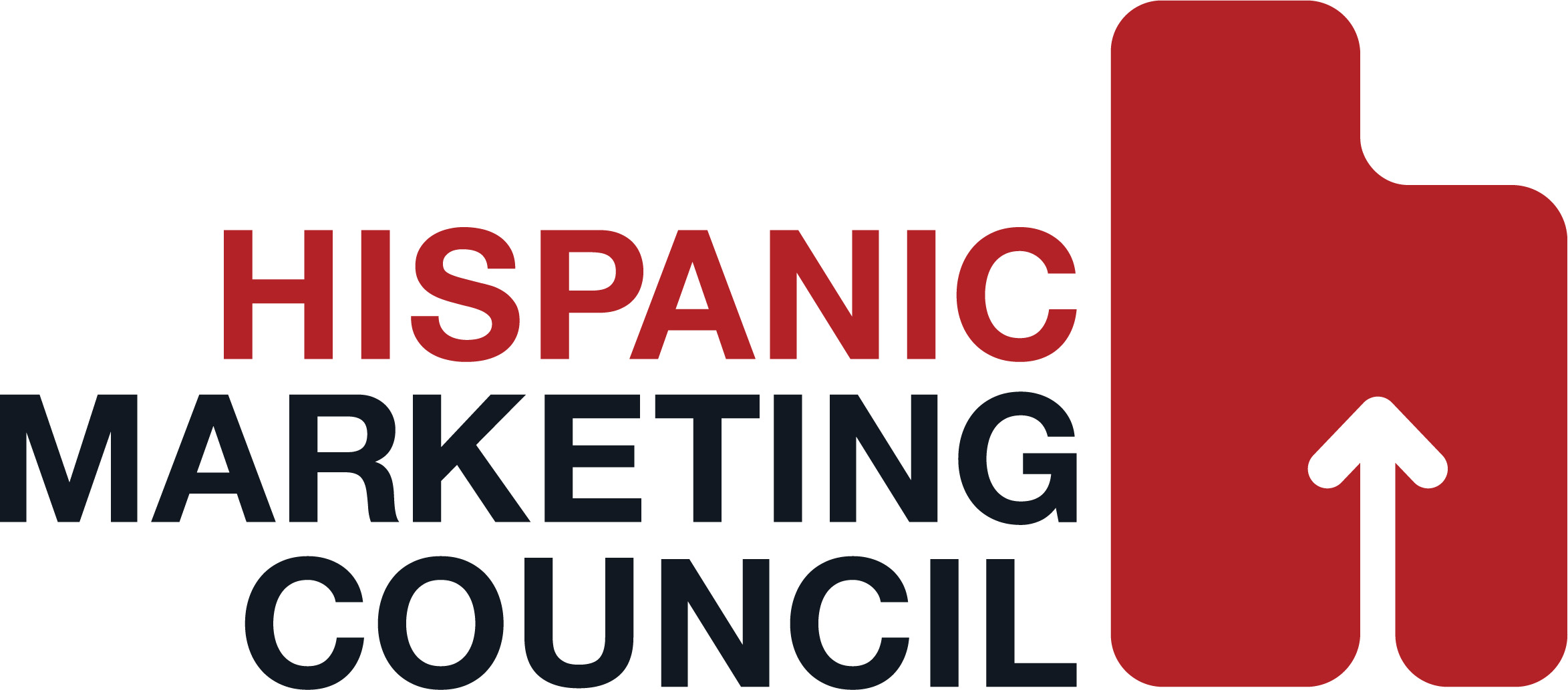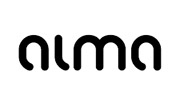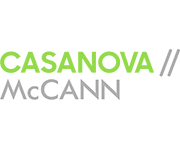Wireless Phone Penetration Among U.S. Households Climbs Above 50%.
September 1, 2001
As the average price of a wireless phone call continues to drop, more consumers are subscribing to wireless service than ever before, according to the J.D. Power and Associates 2001 U.S. Wireless Industry Services Study.
In 2001, 52 percent of households in the 25 largest U.S. markets surveyed use wireless phone service. This is a 93 percent household penetration increase over 1995, or an average of 12 percent per year. At the same time, the current average reported cost per minute for a wireless phone call is 14 cents, compared to 56 cents per call in 1995.
“While the drop in wireless call rates is a boon for consumers, providers are having a harder time generating the same amount of revenue per customer that they once received,” said Kirk Parsons, director of wireless services at J.D. Power and Associates. “With the cost of acquiring each new customer ranging between $350-$475, it is imperative for wireless providers to make a serious effort to retain customers with loyalty programs and superior service.”
The study indicates that the trend of reduced revenue and increased customer turnover may continue in the foreseeable future. For example, average monthly spending on wireless service has dropped from $66 to $61 per month since 2000 — the largest decline since 1996. At the same time, the length of time a typical wireless user stays with a carrier before switching is growing shorter — from 2.54 years on average in 1999 to 2.40 years in 2001.
“Providing superior customer satisfaction has become critical in the wireless industry to bolster customer retention and increase revenue potential,” said Al Destribats, executive director of utility and telecommunications practices at J.D. Power and Associates. “Companies with higher overall satisfaction scores not only retain customers an average of two months longer, they also generate approximately $11 more in monthly revenue per customer than do providers that have below-average customer satisfaction.”
AT&T Wireless performed particularly well in meeting customer expectations in 2001. The company ranks highest in overall customer satisfaction in 13 markets, largely by demonstrating a competitive advantage in customer service, corporate capability and call quality. AT&T operates in 20 of the 25 markets included in the study.
Other providers that performed well include Verizon Wireless ranking highest in eight markets, Sprint PCS ranking highest in two markets and ALLTEL Communications Inc. ranking highest in two markets. VoiceStreamWireless (see note), which is included in the study for the first time, garners the highest ranking in the Atlanta market. In addition, there are ties between ALLTEL and Verizon in Charlotte, N.C., and between Cingular Wireless and Verizon in Houston.
Other findings from the study include:
— Reported minutes of use per month has increased 32 percent from 2000, and now stands at 422. Flat-rate plans that vary by usage levels and contain free/discounted off-peak calling minutes continue to be very popular among wireless users
— approximately two-thirds (68 percent) report they receive discounted or free minutes. This trend may continue since consumers report having more than 750 minutes per month available with their calling plans (an increase from 317 in
1999).
— Wireless users in 2001 are experiencing more problems/issues with their service compared to 2000 (59 percent vs.
53 percent). Questions about phone equipment and operation are the most significant contributors to this increase, with
22 percent reporting problems in these areas. In addition, the number of calls it takes to resolve these problems has
increased steadily from 1.71 calls in 1998 to 1.90 in 2001
— an 11 percent increase.
— Nearly twice as many subscribers in 2001 (23 percent) report accessing the Internet via a wireless phone compared to 2000 (12 percent).
The 2001 U.S. Wireless Industry Services Study is based on responses from 14,492 households in 25 of the largest U.S. markets.
For more information at http://www.jdpa.com




























